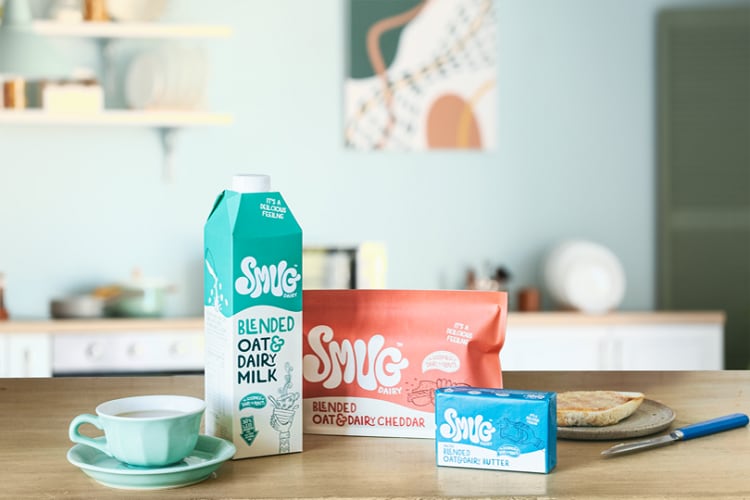Kerry Dairy Ireland – which is now majority-owned by the farmer co-operative Kerry Co-Operative Creameries Limited – improved its financial performance during FY24, according to Kerry’s preliminary results released on Tuesday, February 18, 2025.
Listed under discontinued operations in the accounts, the division recorded €734m in net profits (2023: €728m), EBITDA of €63m (2023: €53m) and margin expansion of 4.8%. Revenue increased to €1.3bn with volumes up 1.6%.
Adjusted earnings before tax were €39m, up from €31m in 2023; and after-tax adjusted earnings were €33m, up from €26m.
The consumer division’s positive performance was down to growth and mix development combined with recovery in ingredients, Kerry said. Snacking and branded cheese drove the strongest growth in Consumer Products, with Ingredients volumes reflecting soft overall supply conditions that improved through the year.
As for Kerry’s continuing operations, the Group posted lower net profits of €673m (2023: €701m); flat revenue of €6.9bn, improved after-tax earnings of €776m (2023: €737m) and an EBITDA of €1.18bn (2023: €1.11bn) with EBITDA margin of 17.1%, up on 2023’s 15.9%.
Total net profits - inclusive of the dairy business - rose in the year to €734m versus 2023’s €728m.
Taste & Nutrition volumes grew 3.4% led by snacks, beverage and bakery but pricing declined -2.1% due to easing input cost deflation in the year.
EBITDA of €1.25bn (+5.9%) was reported with margins up 110bps thanks to cost efficiency measures and portfolio developments, the company said.
Kerry’s Taste & Nutrition significantly outperformed food and beverage end markets, according to the company, with foodservice in particular bringing volume growth of 6.8% supported by new menu innovations and seasonal products; while retail contributed 1.8% with good performance in the Americas and APMEA.
Business volumes in emerging markets increased by 6.5%, with good growth across the Middle East, Africa, LATAM and Southeast Asia.
Within the Pharma & Other EUM, growth in supplements was partially offset by softer volumes in cell nutrition.




